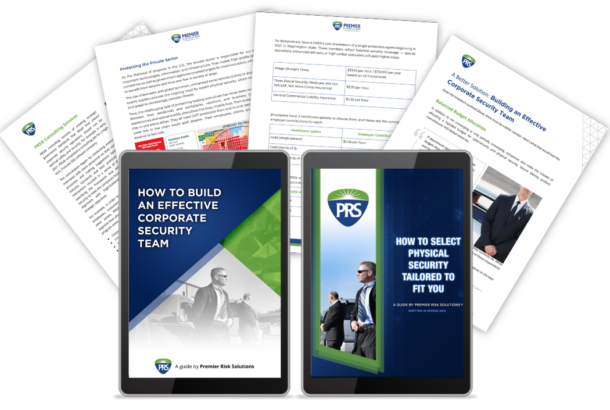Of the various and sundry perks commonly afforded executives, none seems to draw the ire of some, or appear any more ostentatious to others, than the executive driver. We need only look back to 2009 when former U.S. Senator Tom Daschle was forced to withdraw his name from consideration for the cabinet-level post of Secretary of Health and Human Services to find an example of this. Forced to withdraw from the process when it came to light that he had failed to properly report taxable income, the alleged oversight was viewed by many as particularly egregious once it became clear that the lion’s share of the unpaid taxes was related to a car and driver provided by a private equity fund that he was acting as a consultant to. Failing to pay taxes on such a luxurious perk was simply too large a hurdle for the former Senator to overcome.
While the executive driver may be a symbol of corporate excess to some, from a business perspective it may be more practical than most other forms of non-wage compensation. In fact, when viewed through the lens of corporate governance, providing an appropriately trained executive driver may just be elevated from something that is an attractive perk to a prerequisite for decreasing risk, increasing efficiency, fulfilling fiduciary responsibilities, and addressing the duty of care issues.

